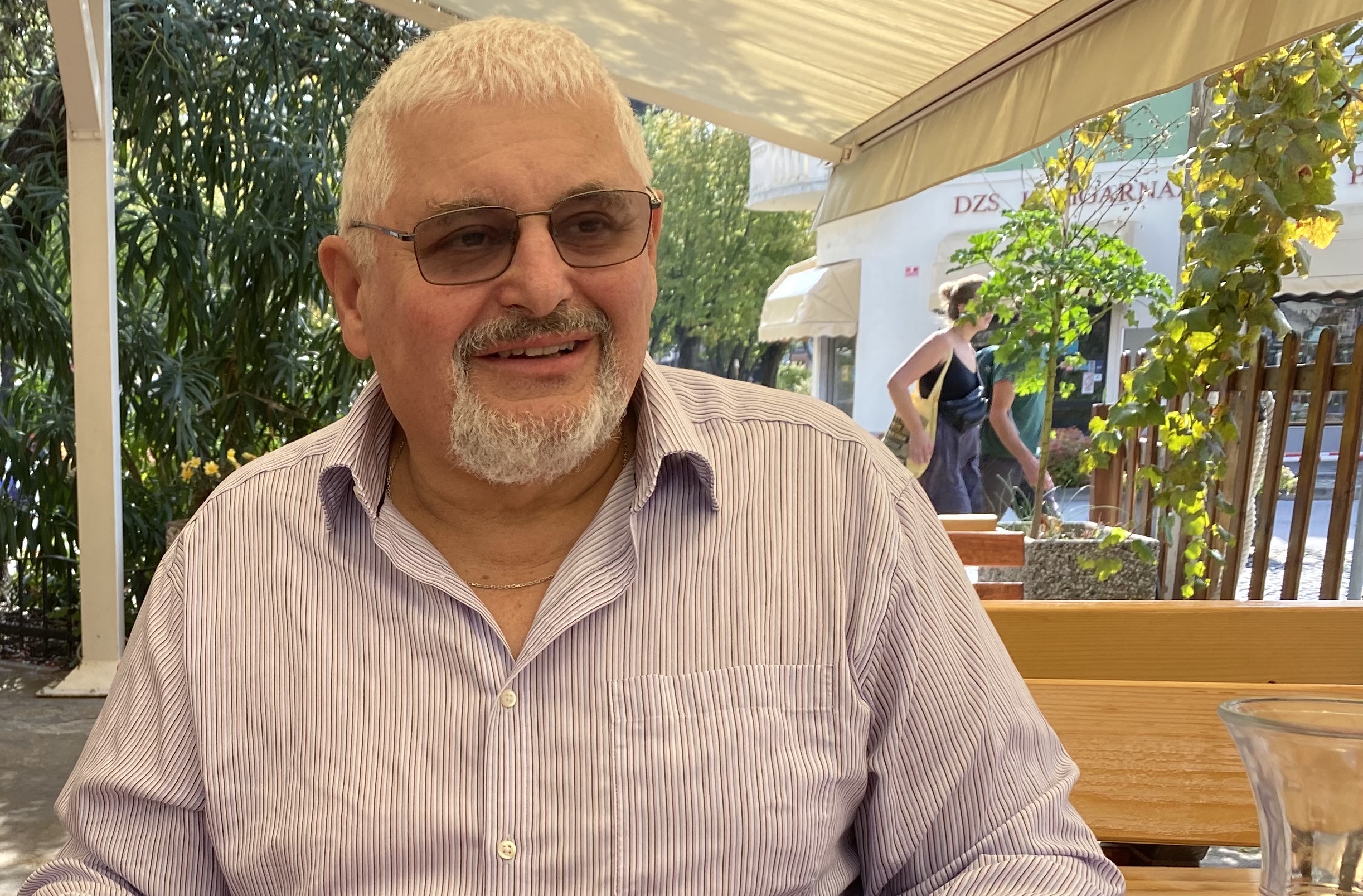The Horn of Africa Interconnected in Turmoil

Another refugee and internally displaced person (IDP) crisis is looming in the Horn of Africa, this time from and in South Sudan. Independent for just over three years following its separation from Sudan, South Sudan now faces a catastrophe of its own making. The large displacement of South Sudanese could result in millions facing famine.
In mid-December 2013, conflict broke out in Juba, South Sudan’s capital, between South Sudanese President Salva Kiir Mayardit’s mostly Dinka supporters and former Vice President Riek Machar’s mostly Nuer followers. Machar had served as South Sudan’s vice president until Kiir removed him from office in July 2013.
The situation quickly deteriorated into a Dinka–Nuer ethnic conflict that enveloped most of the eastern part of South Sudan. Cease-fire agreements have been breached. The violence continues.
The most devastating impact has been the massive displacement of South Sudanese people. South Sudan, a country of about 11 million people, currently has almost 1.5 million IDPs. The UN Refugee Agency (UNHCR) reports that, since the outbreak of conflict in December 2013, 194,000 South Sudanese have fled to neighboring Ethiopia, joining about 63,000 South Sudanese who were already there following earlier conflict in the region.
The fighting has also caused 130,000 South Sudanese to flee to Uganda, 107,000 to depart for Sudan, and 44,000 to seek refuge in Kenya. Some experts on the situation in South Sudan suggest the total refugee flow to neighboring countries could reach two million. Should this occur, it would overwhelm the efforts of the UNHCR, neighboring governments, and humanitarian organizations.
While the UNHCR seeks to care for the refugees in Ethiopia, Uganda, Sudan, and Kenya, the IDPs in South Sudan rely on the insufficient efforts of UN agencies and non-governmental organizations to meet their food and shelter needs. More than 100,000 of them have sought protection at the military bases operated by the UN peacekeeping mission in South Sudan.
The Gambella region of Ethiopia bears the brunt of the refugee influx, and can be expected to receive many more if the conflict continues after the rainy season comes to an end. Ethiopia has considerable experience with refugees from South Sudan. Gambella is not strategically located in terms of the government’s control of the country. Unless the number of new arrivals increases exponentially, the situation will not likely pose a threat to Ethiopian security. This is primarily a humanitarian crisis.
The first priority is to end the fighting in South Sudan so that IDPs can begin to return home and refugees can come back from neighboring countries. This will not happen until the government and rebel leaders agree to put the needs of the South Sudanese people before their hunger for personal power. This will require the international community, especially the United States, the European Union, China, and South Sudan’s neighbors, to increase the sanctions and pressure on the leaders of all parties involved in the conflict.
Until the combatants lay down their arms and begin a process that will result in a viable government of national reconciliation, the international community needs to provide additional funding for organizations such as the UNHCR, the World Food Program, and non-governmental groups to assist those IDPs and refugees caught in the middle.
The Horn of Africa has been one of the most conflict-prone regions in the world since the end of World War II. The situation in South Sudan over the past year underscores this point and the fragility of the broader region. Inevitably, conflict in one country in the Horn has negative implications for neighboring countries.
-- written by David Shinn, provided to BBJ by The MarkNews
David Shinn served for 37 years in the U.S. Foreign Service, including as U.S. ambassador to Burkina Faso and Ethiopia. He is now an adjunct professor in the Elliott School of International Affairs at George Washington University.
SUPPORT THE BUDAPEST BUSINESS JOURNAL
Producing journalism that is worthy of the name is a costly business. For 27 years, the publishers, editors and reporters of the Budapest Business Journal have striven to bring you business news that works, information that you can trust, that is factual, accurate and presented without fear or favor.
Newspaper organizations across the globe have struggled to find a business model that allows them to continue to excel, without compromising their ability to perform. Most recently, some have experimented with the idea of involving their most important stakeholders, their readers.
We would like to offer that same opportunity to our readers. We would like to invite you to help us deliver the quality business journalism you require. Hit our Support the BBJ button and you can choose the how much and how often you send us your contributions.








